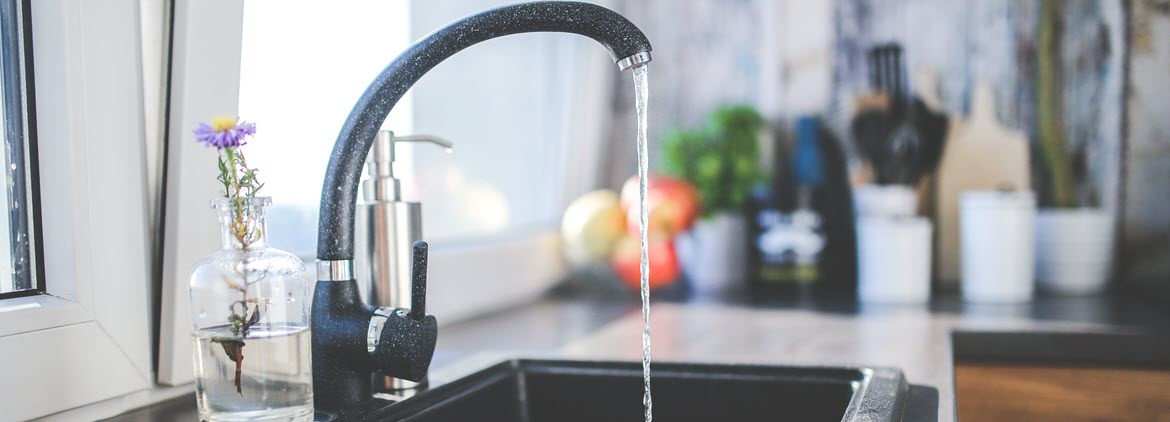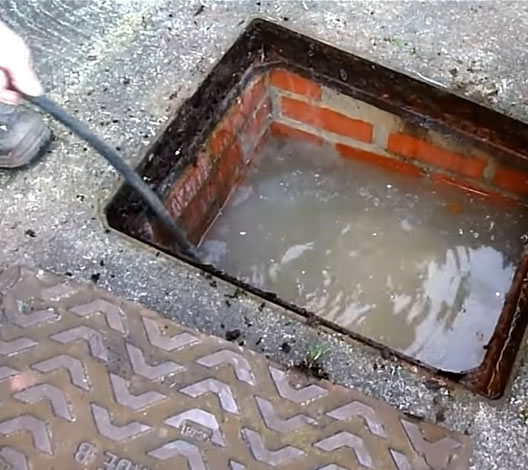Guidelines for Handling a Blocked Drain Before Contacting Plumbing Professionals
Guidelines for Handling a Blocked Drain Before Contacting Plumbing Professionals
Blog Article
Are you looking for tips concerning What I learned from trying to deal with a clogged drain?

Introduction
Managing an obstructed drain can be a discouraging experience, disrupting day-to-day tasks and possibly triggering damages to your residential or commercial property. However, before connecting to plumbing specialists, there are actions you can take to address the problem yourself. In this overview, we'll discover do it yourself remedies and safety nets to tackle a blocked drain efficiently.
Determining the Issue
The very first step in resolving a blocked drain is recognizing the indicators. Sluggish drain, gurgling audios, foul odors rising from drains pipes, or water backing up are common signs of a blocked drainpipe. Recognizing these indicators early can assist prevent even more complications.
Selecting the Right Pipes Solution
When choosing a pipes solution, think about variables such as experience, licensing, and consumer reviews. Select a reliable plumbing with a performance history of quality workmanship and transparent pricing methods.
Expense Factors to consider
The expense of professional drainpipe cleaning services can differ depending on the intensity of the clog and the plumbing's prices. Demand quotes from several providers and inquire about any added fees to guarantee transparency and prevent shocks.
Safety Measures
When trying DIY drain cleaning, prioritize safety and security. Put on safety gloves and eyeglasses to prevent contact with damaging chemicals or germs. Never blend different drain cleansing items, as this can create harmful fumes.
Case Researches
Real-life examples highlight the performance of do it yourself solutions and the importance of prompt professional treatment in solving drainpipe obstructions.
Usual Root Causes Of Blocked Drainpipes
Recognizing the elements that contribute to drain pipes blockages is important for reliable resolution. Usual offenders include hair, soap residue, grease, food debris, and foreign things like hygienic items or paper towels. Tree roots getting into below ground pipes can also cause considerable blockages.
Do it yourself Solutions
For small obstructions, numerous DIY solutions can be effective. Putting boiling water down the drainpipe can assist dissolve oil and debris. Baking soda and vinegar or a mix of salt and baking soda can work as natural cleaners. Making use of a bettor or plumbing snake to remove obstructions is another alternative.
Tools and Devices
Having the right tools handy can make DIY drainpipe cleansing much more reliable. A plunger is a versatile tool for clearing obstructions in sinks, commodes, and showers. A pipes serpent or auger can reach much deeper blockages, while drainpipe cleaning chemicals can be used carefully for persistent clogs.
Preventive Measures
To stay clear of future blockages, taking on preventive measures is critical. Mount drainpipe guards or filters to catch hair and particles prior to they enter the pipes. Frequently flush drains pipes with hot water to liquify oil accumulation, and stay clear of throwing away grease or solid waste down the drain.
When to Call a Professional
While do it yourself solutions can settle minor clogs, specific signs suggest the demand for specialist aid. Consistent obstructions, foul odors despite cleansing initiatives, or numerous drains pipes backing up concurrently are red flags that warrant expert intervention.
Final thought
By adhering to the suggestions outlined in this overview, you can effectively tackle blocked drains pipes and stop future pipes problems. Whether choosing do it yourself remedies or seeking expert help, prompt action is vital to maintaining a healthy and balanced pipes system and protecting the honesty of your home.
How to Clear a Clogged Drain Yourself (And When to Call In the Professionals)
What Can Clog a Drain
Dirt Skin flakes Hair Grease Soap scum Food Offset pipes Tree roots Small objects Mineral buildup DIY Tricks to Unclog a Drain
You can fix this! Once you have identified the source of the clog (or have a vague idea), you can try one or a combination of these fixes in order to clear your plumbing.
Wire Hanger or Snake
Untangle and clear out hair from a drainpipe with a homemade snake. Use a straightened-out wire hanger with a 90-degree angle hook to locate the clog and drag out any unwanted material.
Remember not to push the clog further down to where the wire hanger cannot reach! If you need to follow up with a plunger, give it a try. Your efforts might be more successful after it’s been wire-snaked.
If you want to get fancy and don’t have a wire hanger to spare, head to the store and pick up a hand-operated drain snake. You can get one for $10-$30. It may save you the hassle, and provide additional length to reach deep into the clogged pipe.
Plunger
A cup plunger has a suction cup attached to a wooden handle. The rubber creates a seal around the drain, and increases the pressure force of the plunger.
Plunge for 30-second increments to loosen the clog. This may need to be repeated over the course of 15-20 minutes. Once plunged, run the water to flush the remaining material out of the drain.
Remember– never use a plunger if you have used a chemical drain cleaner. These chemicals can splash up from the force of the plunger and cause serious injury or burns.
Boiling Water
Hot water can sometimes break up materials into a flushable amount. Dirt, grease, and soap buildup requires heat in order to unstick from surfaces.
Take your kitchen kettle and heat your water to a boil. Once it reaches a rolling boil, pour it directly down the drain into the blockage. Carefully follow with plunging, if necessary.
Don’t worry if this takes more than one try! It can often take multiple kettles and repeated plunging in order to clear a particularly stubborn clog.
Chemical Drain Cleaner
As a last resort, pick up a bottle of chemical drain cleaner. Drain-cleaning chemicals are potent, and not very good for the environment.
You may need to wear protective eyewear in gloves before handling your bottle of chemical drain cleaner. Follow the instructions printed on the bottle, and flush with water as soon as the instructions allow. Do not follow with plunging.
Baking Soda and Vinegar
As a safer alternative to chemical drain cleaner, baking soda and vinegar can create a chemical reaction that clears tough clogs.
Combine one cup of cleaning vinegar with one cup of boiling water, and set aside. Once you have done this, pour half a cup of baking soda down the drain. Give the baking thirty seconds to settle and cover a large portion of the problem drain.
Following the baking soda, pour down your vinegar and hot water solution. Once the vinegar and baking soda combine, the mixture will bubble and fix. Let this reaction fizzle in the drain for about an hour.
After an hour, follow with a kettle’s worth of hot water. The heat and liquid should flush out any remaining material.
When to Call a Plumber
If your DIY attempts haven’t cleared your clog drain, it’s time to call in a professional. It’s not worth losing access to your kitchen sink or high-traffic bathroom. A clog in a vital area can keep you from the things you’d rather be doing, and derail your routine.
Anytime a clog is causing water to spread is a time to call in a plumbing service. What starts out as a little bit of water can quickly grow into serious, expensive water damage.
Additionally, a serious clog can result in burst pipes or serious leaks. Make sure you know when to take it seriously!
https://myguysnow.com/how-to-clear-a-clogged-drain-yourself-and-when-to-call-in-the-professionals/

I found that article on How to handle a clogged drain in your home while perusing the internet. In case you enjoyed our blog posting plz don't forget to share it. Thanks a lot for your time. Kindly stop by our blog back soon.
Schedule Your Job Now Report this page